Welcome
We are a local chapter of the Native Plant Society of Texas, promoting conservation, research and utilization of native plants in the rich biological region of the Texas Hill Country; especially the Highland Lakes Region.
Meetings & Events
The Highland Lakes Chapter of the Native Plant Society of Texas meets five times a year, generally every other month but not in the summer. Our meetings are held January, March, May, September and November. We meet on the third Saturday of the month at the Marble Falls Library in the meeting room. The meeting starts at 1:00 with a short business meeting, followed by a speaker on a topic related to native plants. Everyone is welcome to come, meet other folks interested in native plants and visit and attend the speaker part of the session.
Chapter News
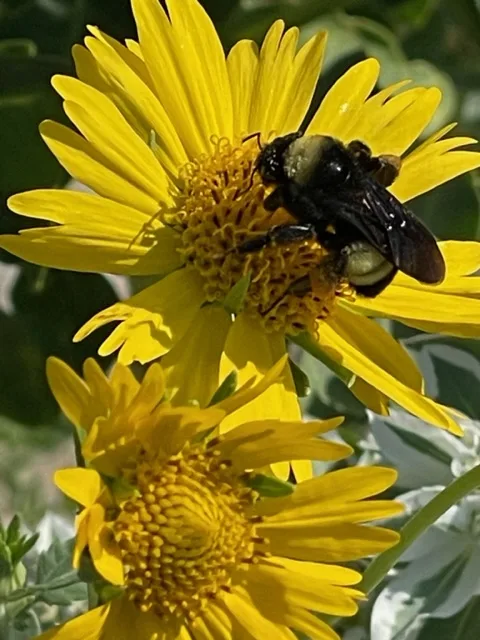
Introduction to Native Landscapes – April 20
The Highland Lakes chapter of the Native Plant Society of Texas (NPSOT) is offering the Introduction to Natural Landscapes class on April 20, 2023 in Burnet County. This class is the first in a
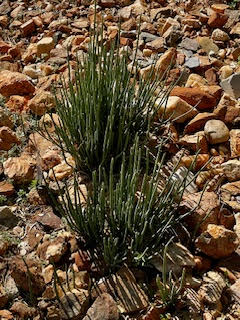
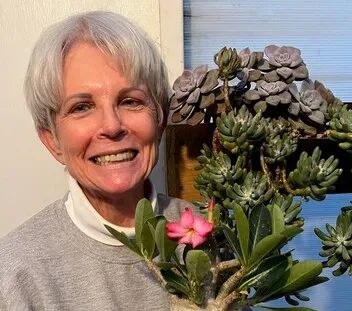
Chapter Meeting January 20
Our next Highland Lakes Native Plant Society meeting is Saturday, Jan. 20,2024, 1:00-3:00 at the Marble Falls Library, 101 Main St. Marble Falls. Alice Liles will present “Landscaping with Drought
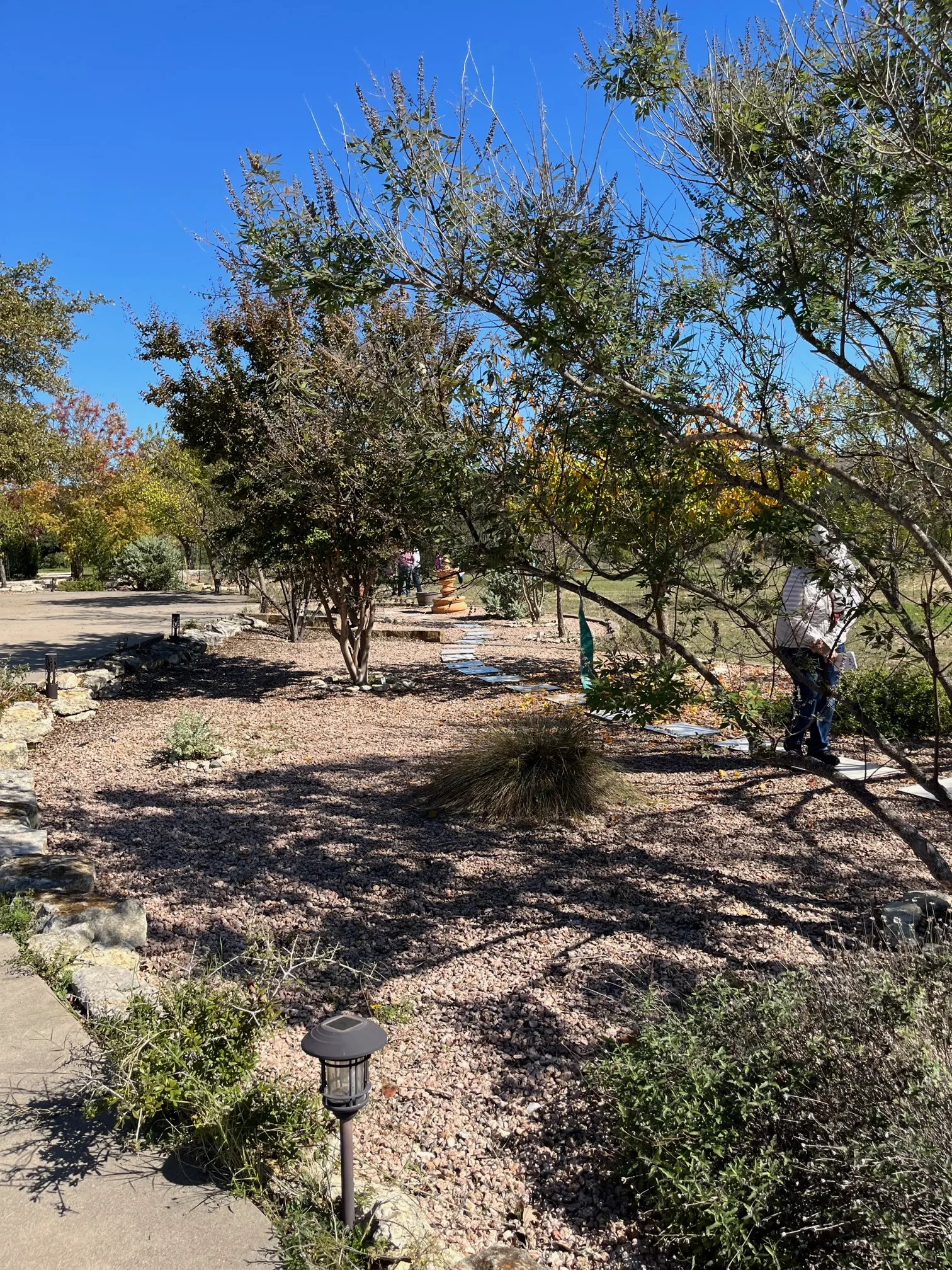
Field Trip to Betty Blackmond’s gardens
On a beautiful fall day, November 15, 2023, about 14 of us went to Betty Blackmond’s home to see her wonderful gardens. It was a delightful experience as well as
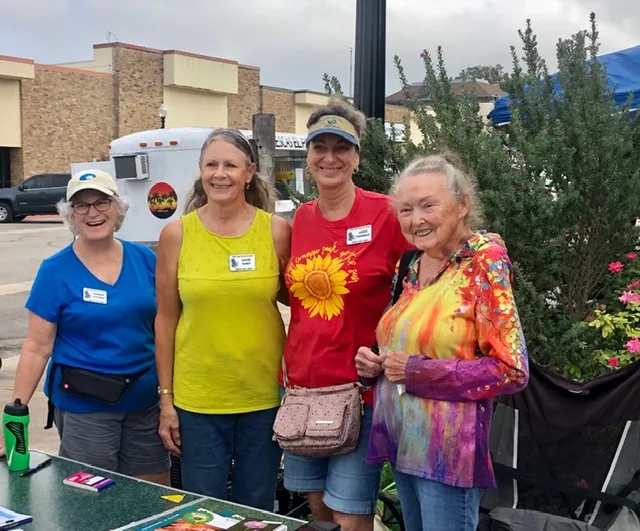
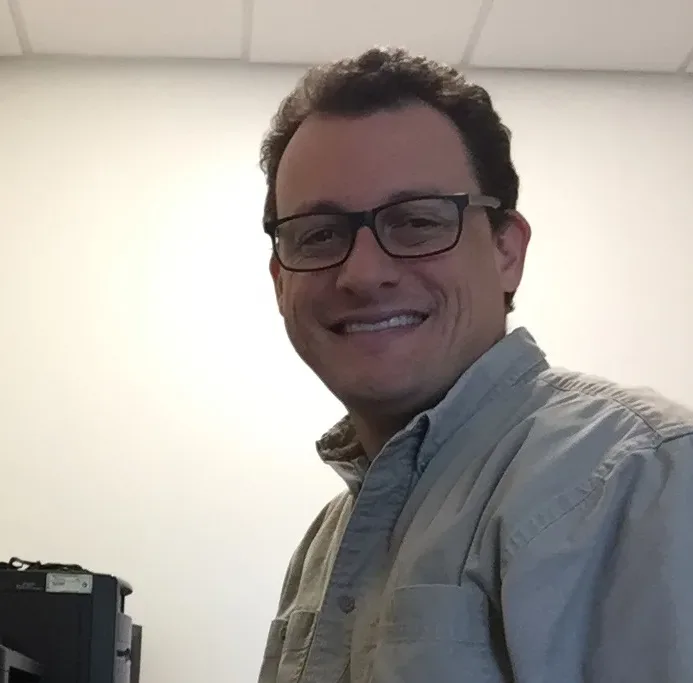
Native Plant Week – Native Plant Sale and Urban Forest Presentation
Celebrate Native Plant Week at the Native Plant Society of Texas Fall Native Plant sale Saturday, October 28, 9:00 am on the Burnet Courthouse Square. Locally grown native trees, shrubs
Chapter Officers
- President: Kim McGregor
- President-Elect: Melissa Macdougall
- Immediate Past President: Fred Zagst and Joan Mukherjee
- Vice-President (Programs): Donna Cagle
- Secretary: Judy Caramanica
- Treasurer: Cassie Oberhaus
